Honey plays an unexpected but key role at Bruadar’s Perthshire distillery in Aberargie.
The distillery is not distributing its own whisky yet, but in the meantime the team are working on a single malt scotch whisky liqueur.
This bridges the gap for whisky novices, adding sweetness without losing the heart of the drink.
Graeme Mackeddie, head of production at the Perthshire distillery, says the inclusion of their own honey has made the world of difference – both to their ethos and the flavour.
Jack Daniel’s holds the largest share of the UK whisky market according to market research company Mintel. They have their own honey liqueur named Tennessee Honey.
The most well-known whisky liqueur is likely Drambuie.
“It was the natural progression to use our own honey,” continues Graeme.
“Because if you’re trying to make a product better, you want to get better ingredients and there’s nothing better than having your own ingredients.
“You can’t get any better than local and there’s nothing better than doing it yourself.
“I think being able to talk about provenance is important, but for me, whether it’s real or it’s placebo, knowing it’s our product that’s in there absolutely elevates the taste.”
The name Bruadar comes from the Scottish Gaelic word for “dream”.
What started as a “cottage industry” has now grown into a distillery with 20-30 members of staff onsite, says Graeme.
“Most distilleries are split between different buildings, but we are all under one roof,” he explains.
“It means one operator can look after the whole operation. It’s a nice way to be.
“At any given time, an operator can see what’s going on in the building.”
How is the Bruadar whisky liqueur made?
The farm plays a key role in the production of Bruadar, which is part of the Morrison Scotch Whisky Distillers group.
The whisky, which is not yet ready for sale, is made using the barley from the farm at the Aberargie distillery.
And as important as the Scotch whisky used in the liqueur, is the honey itself.
The Bruadar bees are a newer addition to their Aberargie farm, part of commercial beekeeping company Denrosa Apiaries.
There, the bees forage from the local area, which has a wide variety of wildflowers, berries and more.
There are around 50,000 bees in each hive. The honey they produce in the springtime gives the drink its natural sweetness.
So what else is in the liqueur?
“We use Scotch whisky, primarily from Perthshire,” explains Graeme.
“Then we add water from our own well.
“Sugar, honey and sloe berries too.”
The liqueur does also sometimes require the addition of natural flavourings to ensure consistency from batch to batch.
The sugar content of Bruadar’s liqueur may sound high – 20% sugar content overall – but that is low compared to some other liqueurs which can be closer to 40%.
Where the flavour of some other liqueurs can be overwhelmingly sweet, in Bruadar, the bitterness of the sloe berries comes through, and allows the flavour of the whisky itself to shine.
‘This is where you get to be creative’
Master blender Graeme’s favourite part of the process is actually the warehouse rather than where the distilling takes place.
“This is where two things happen,” he says.
“This is where newmade spirit goes in the cask and starts its journey to becoming whisky.
“But it’s also where casks come to become finished products.
“Newmade spirit is delivered here from the distillery, we’ll move it into the vats here and reduce it down in strength.
“The spirit coming off the stills averages about 70% – that’s too strong for casking up.
“We’ll cut that down to 63.5% which is the ideal.
“Not a single drop of what we’ve produced from the distillery has gone offsite – all of it stays here.”
At the Aberargie distillery warehouse, they also store and cask other brands.
“You bring casks out the racks of mature whisky, and tipping them, which is why this is my favourite area.
“This is where you get to be creative. You get to nose things, taste things, and get a sense of what it’s going to be.
“If I could, I’d spend all my time in here.”
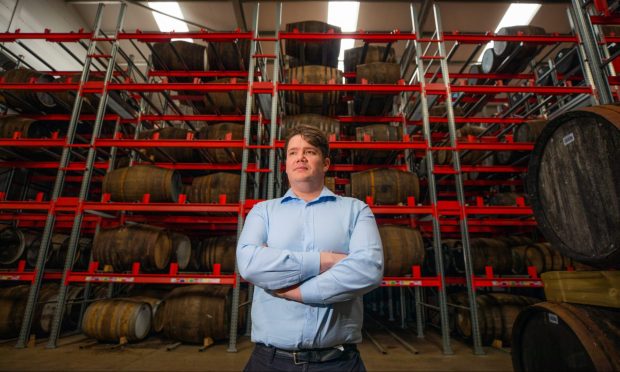
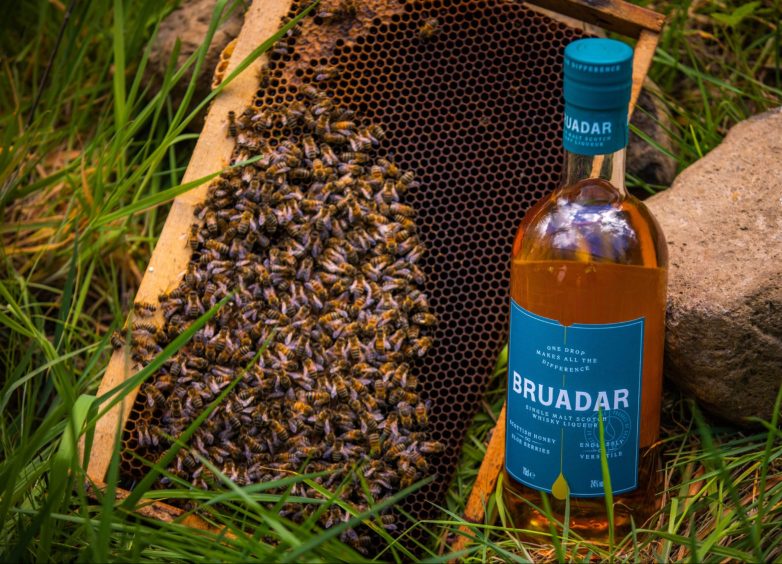
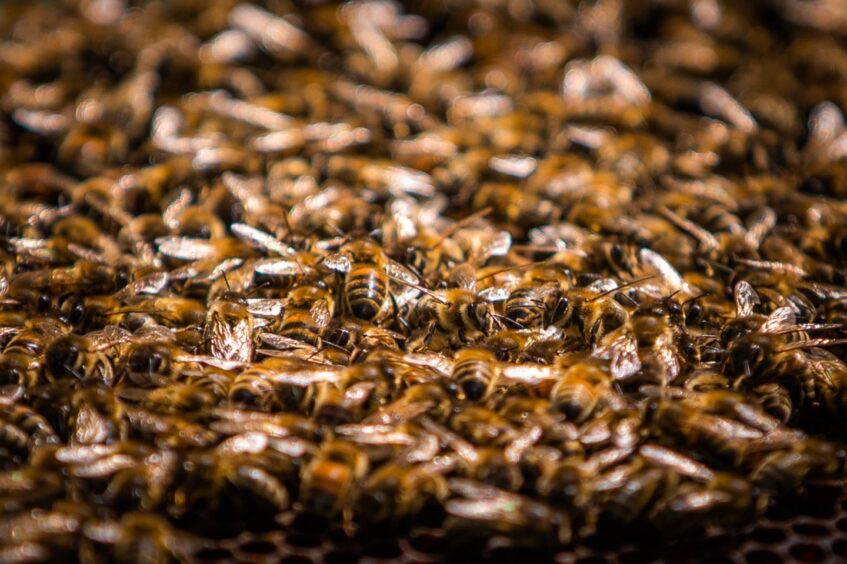
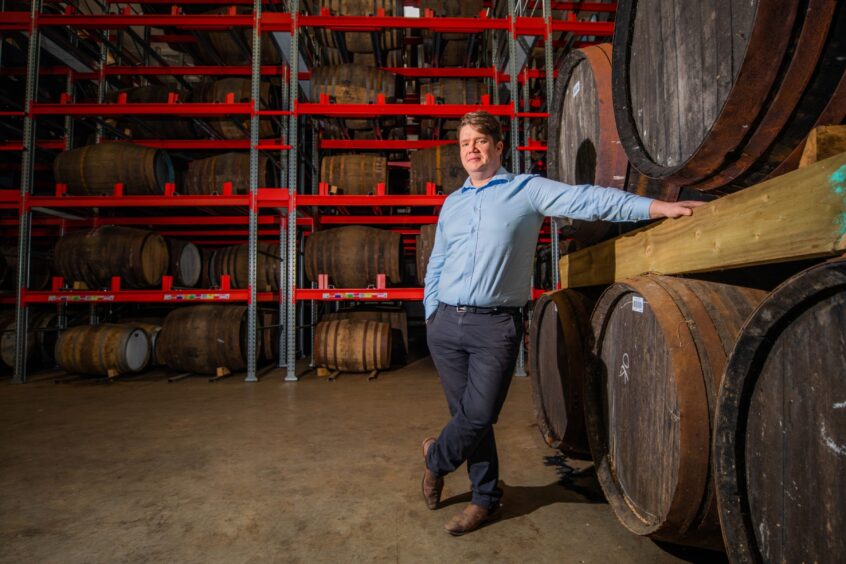
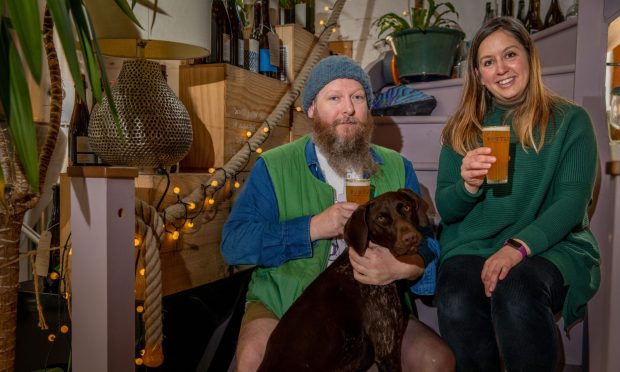
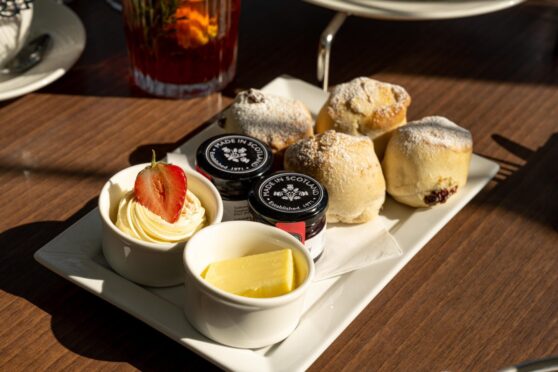
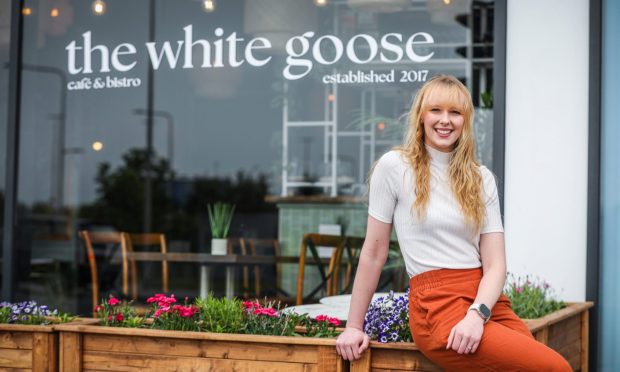
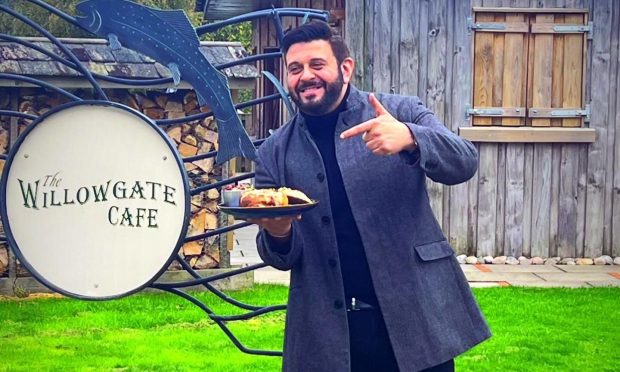
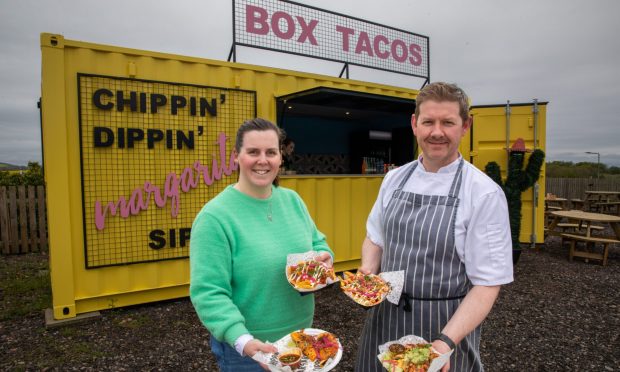
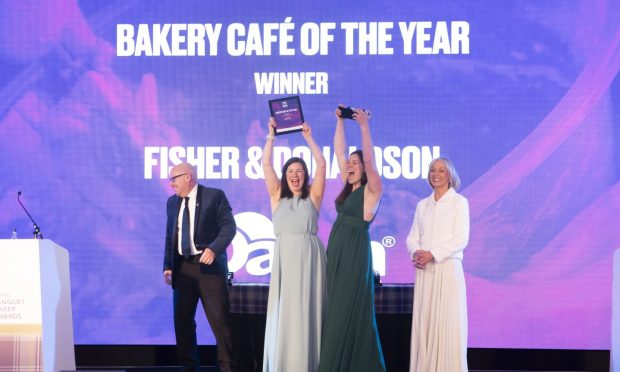
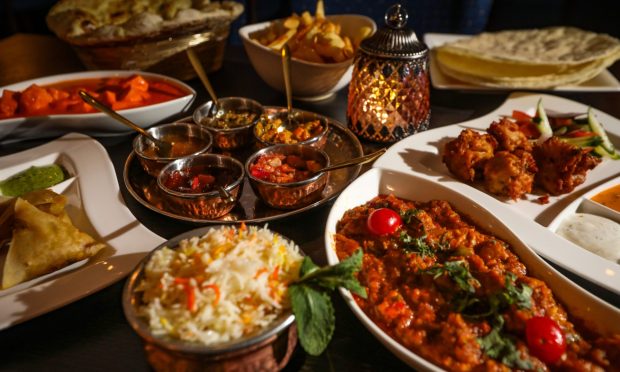
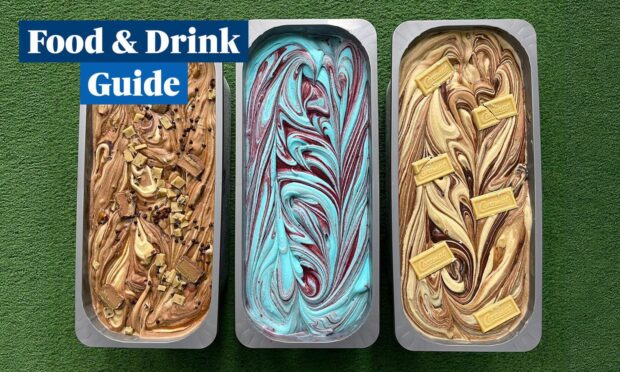
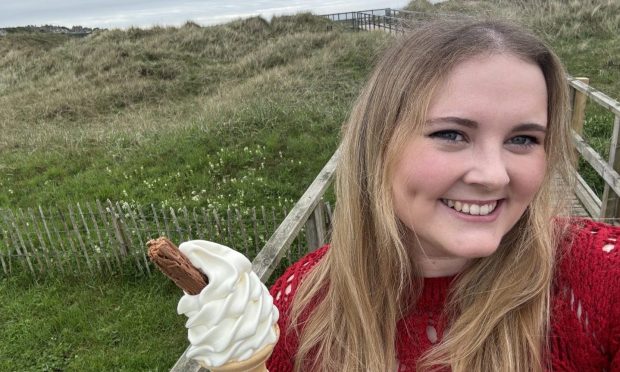
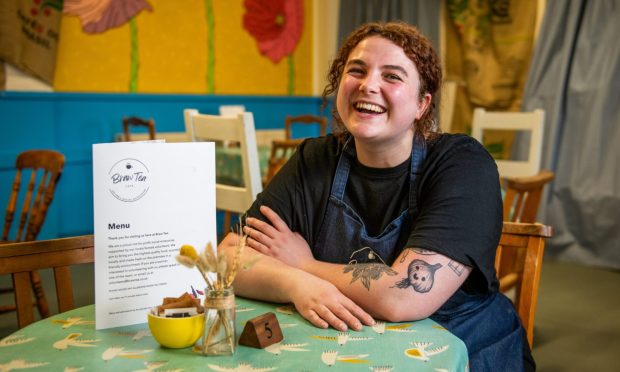
Conversation